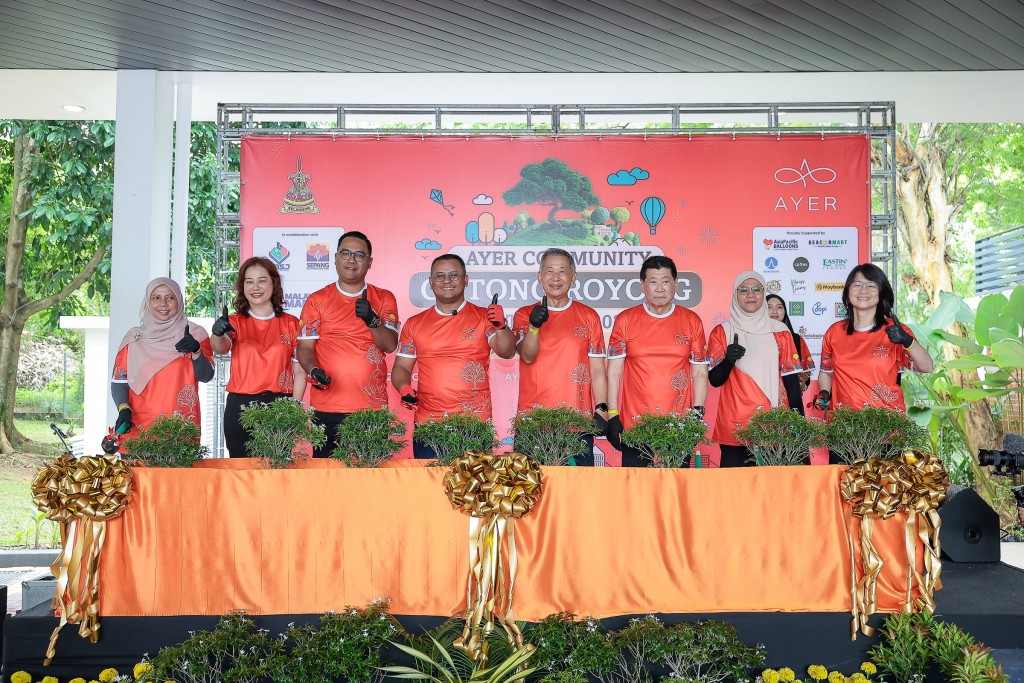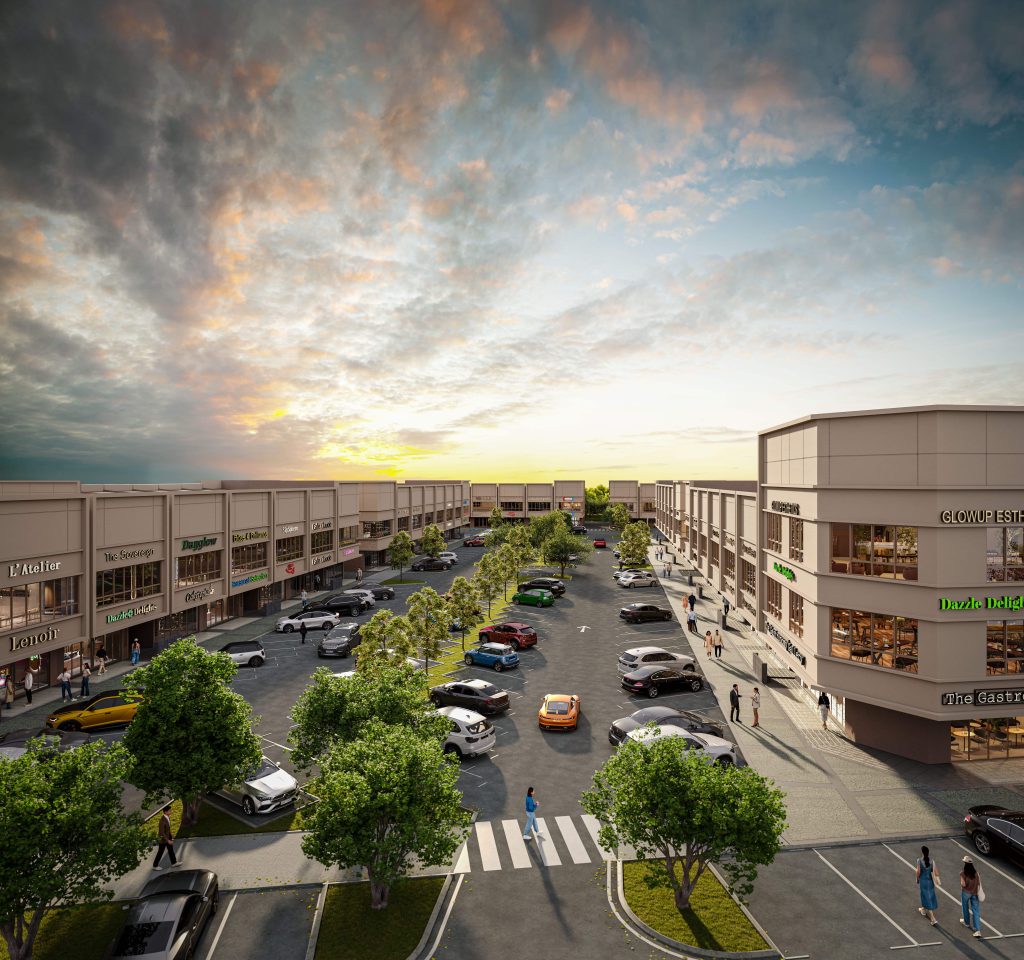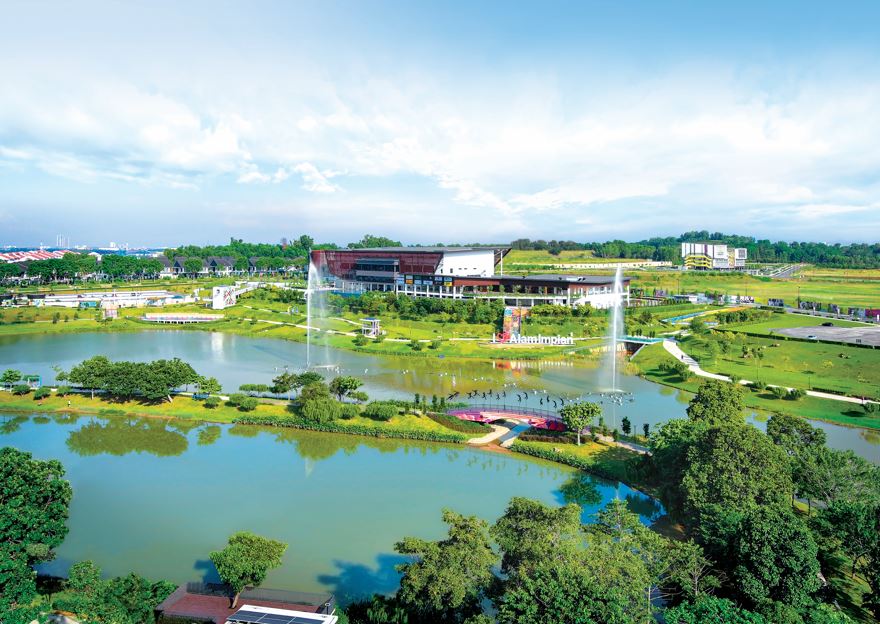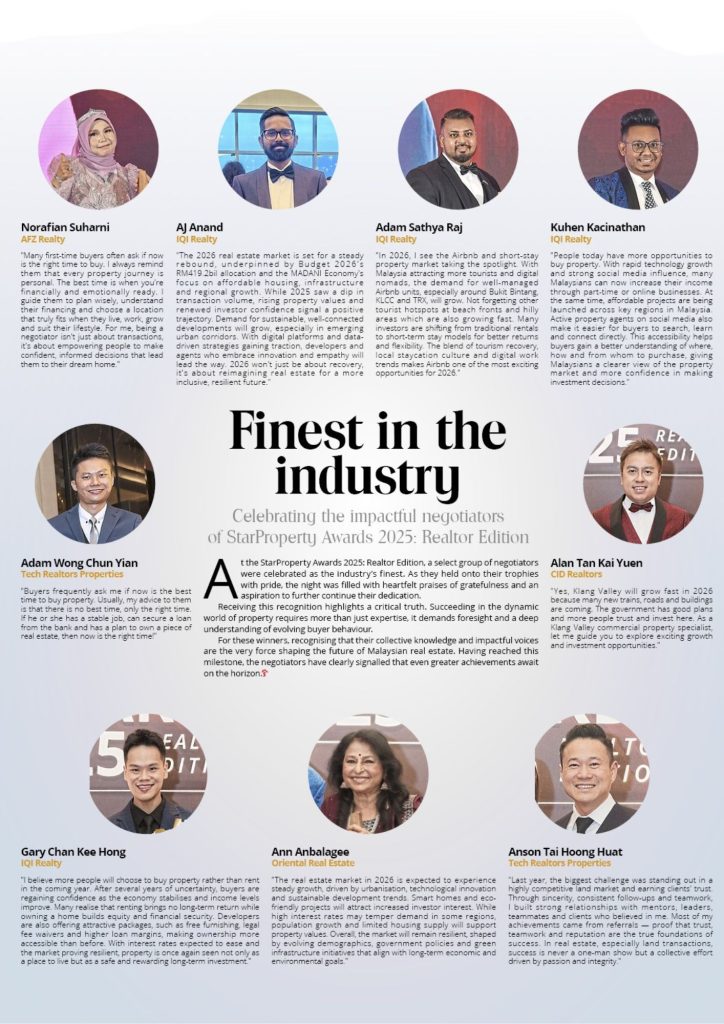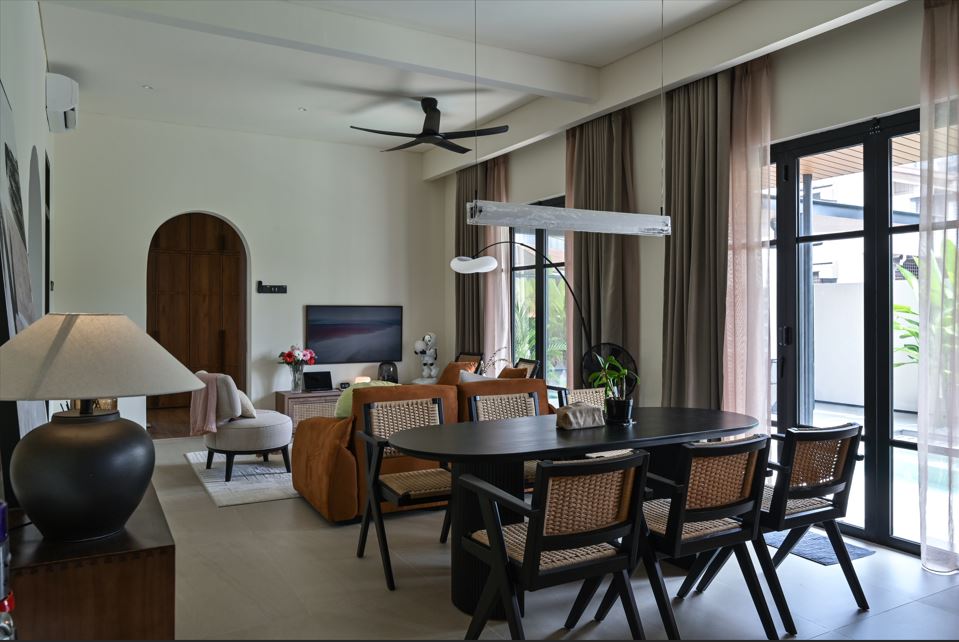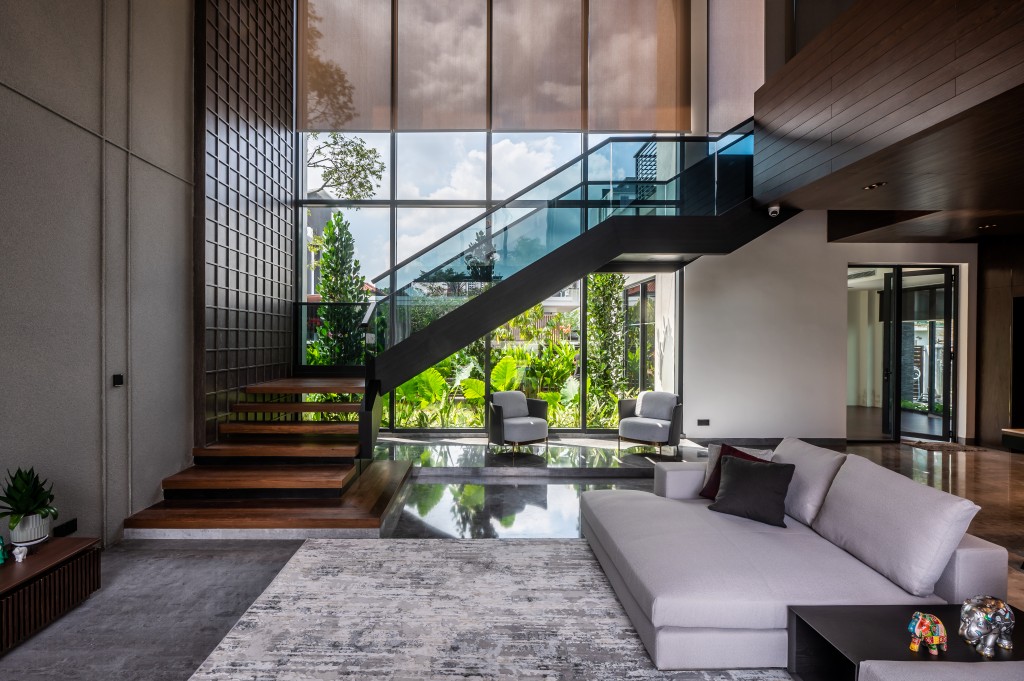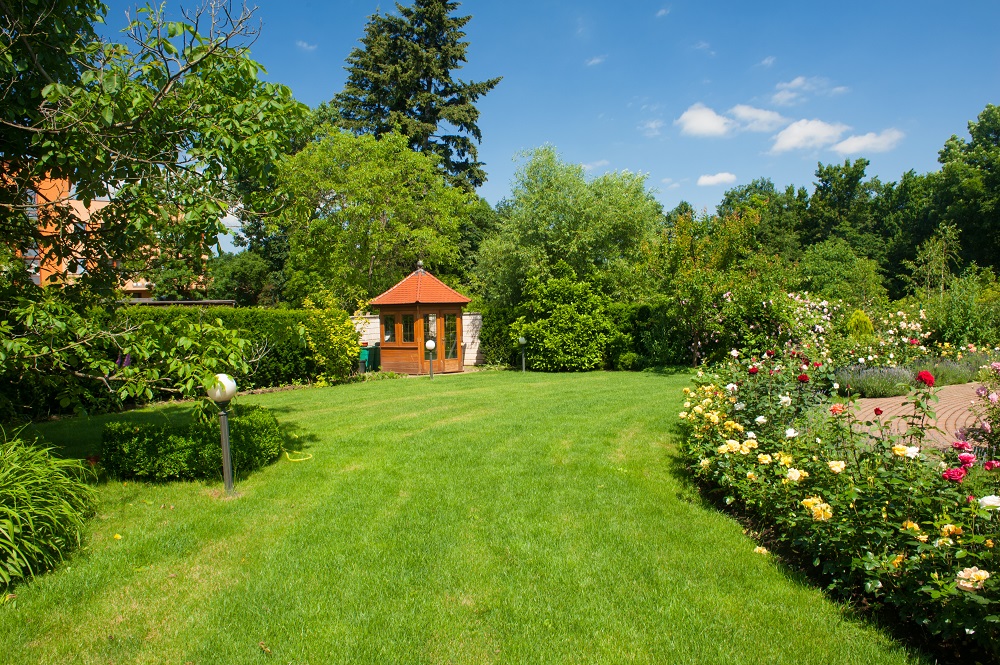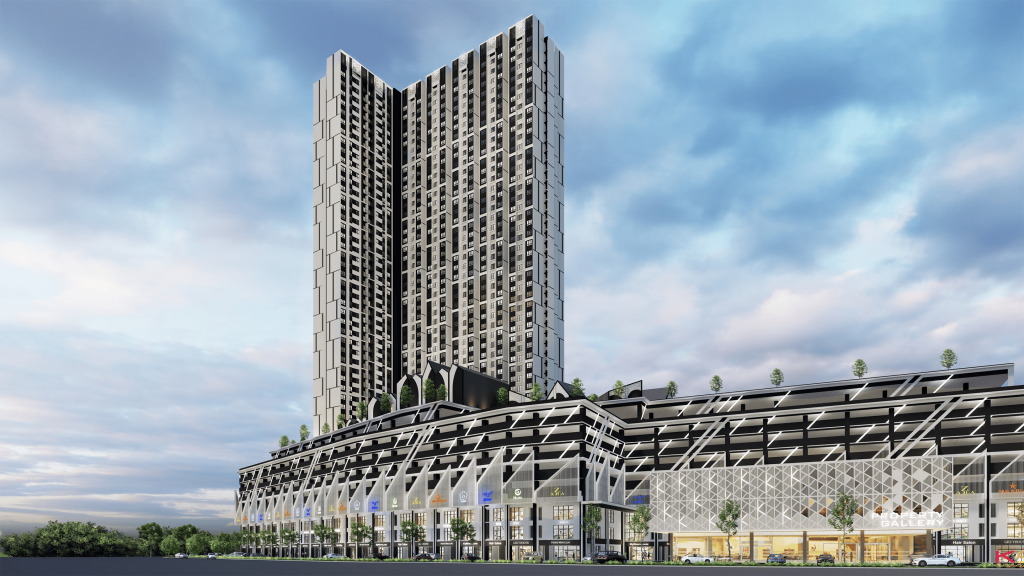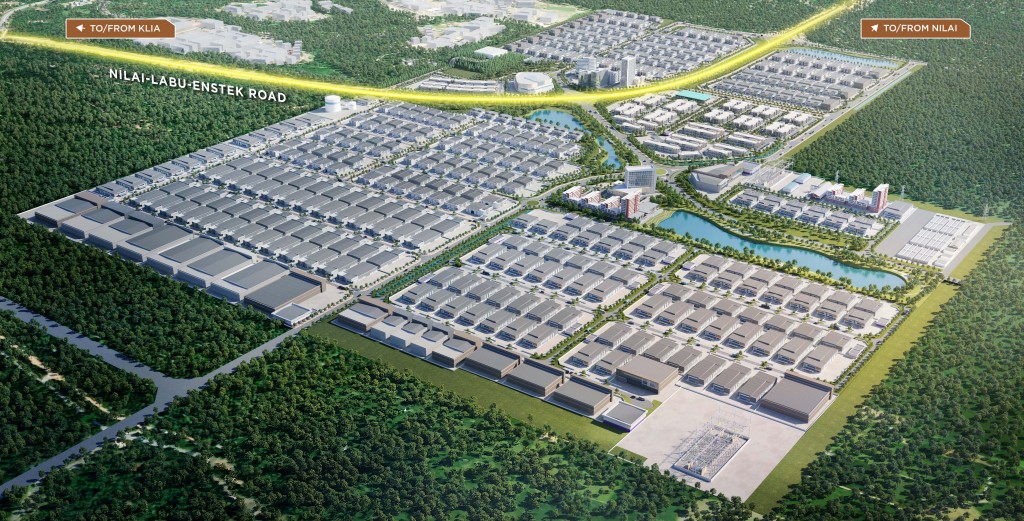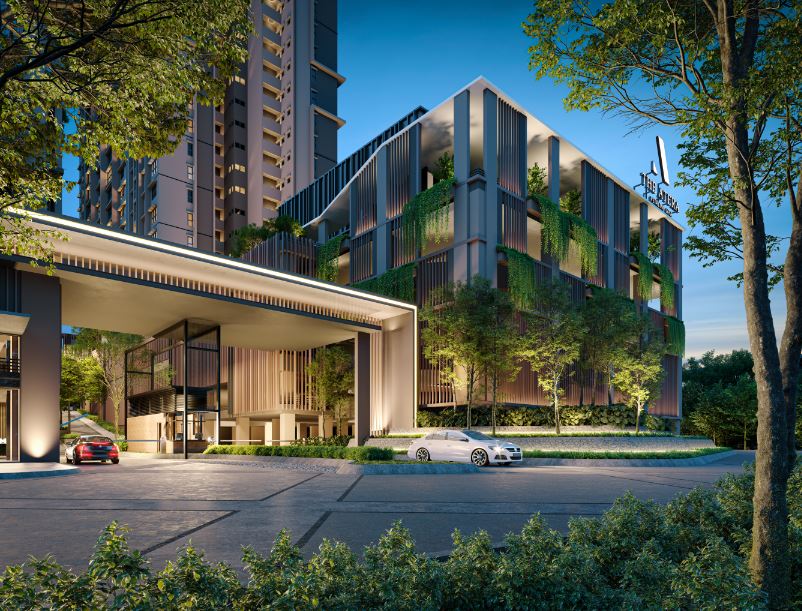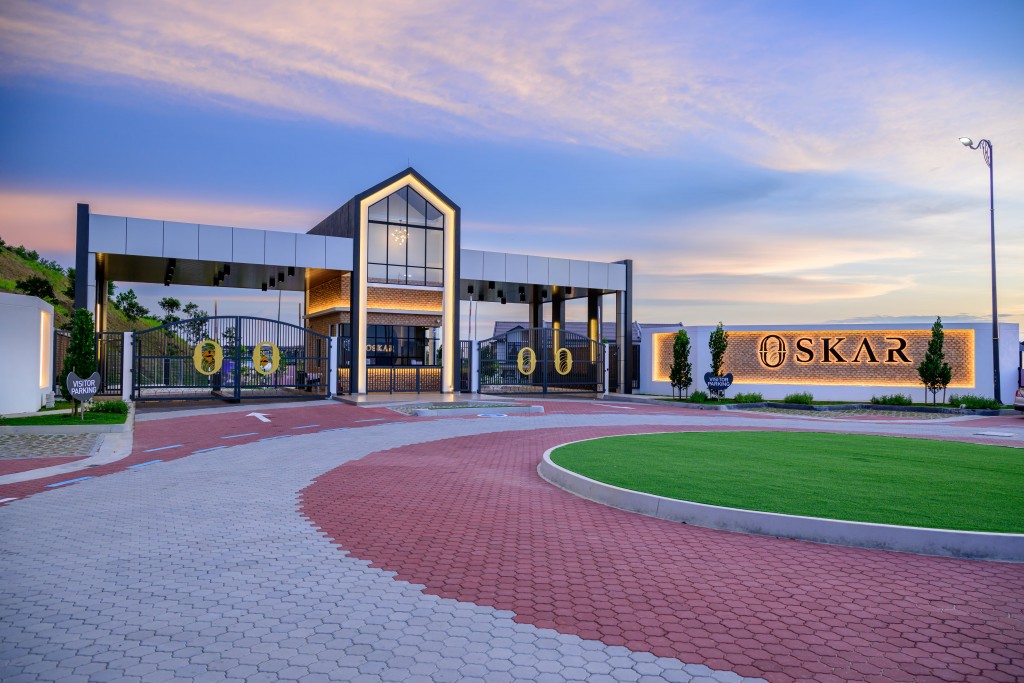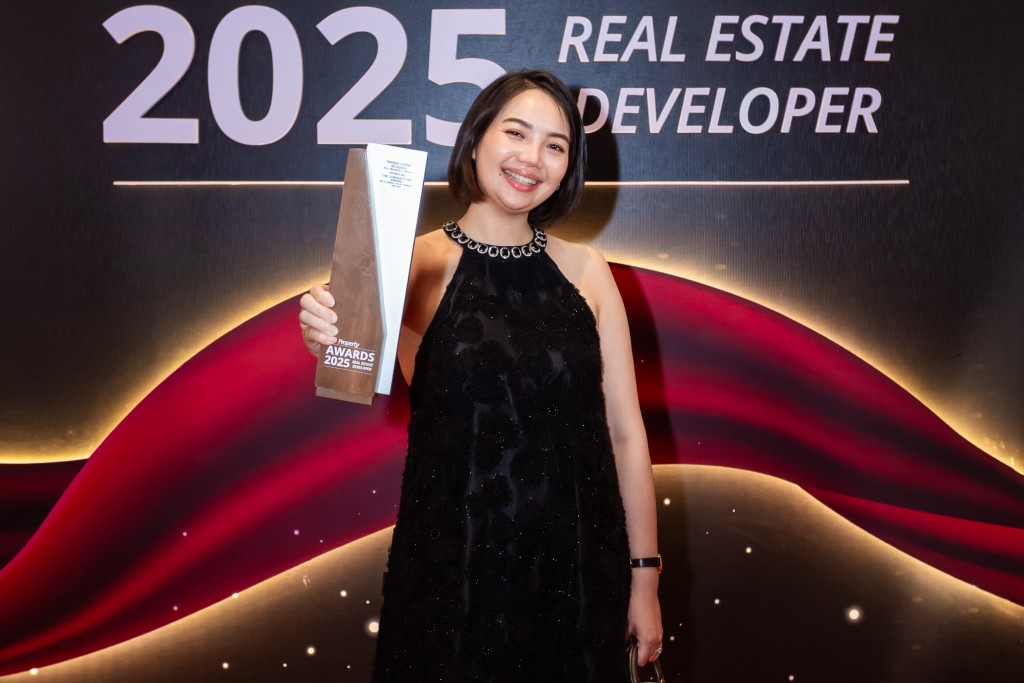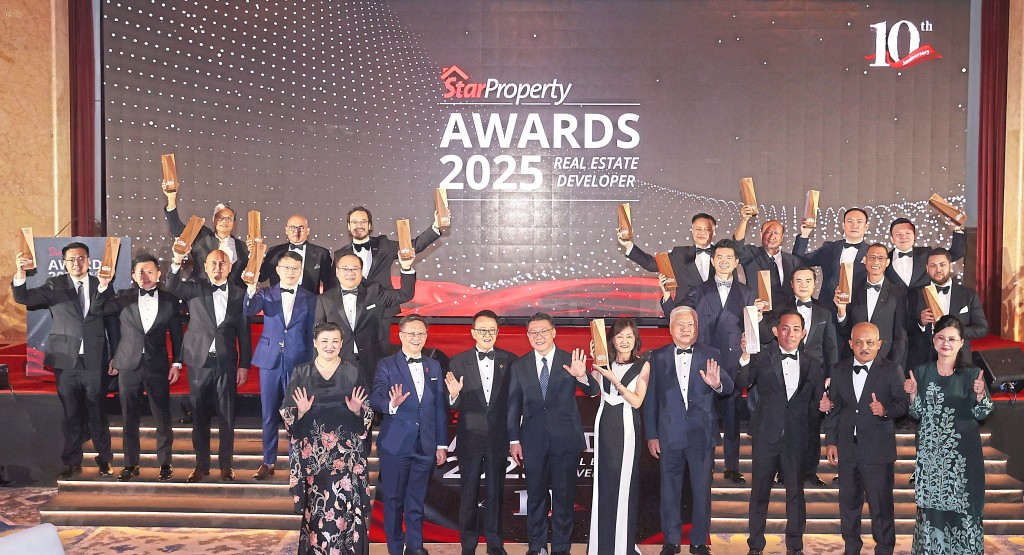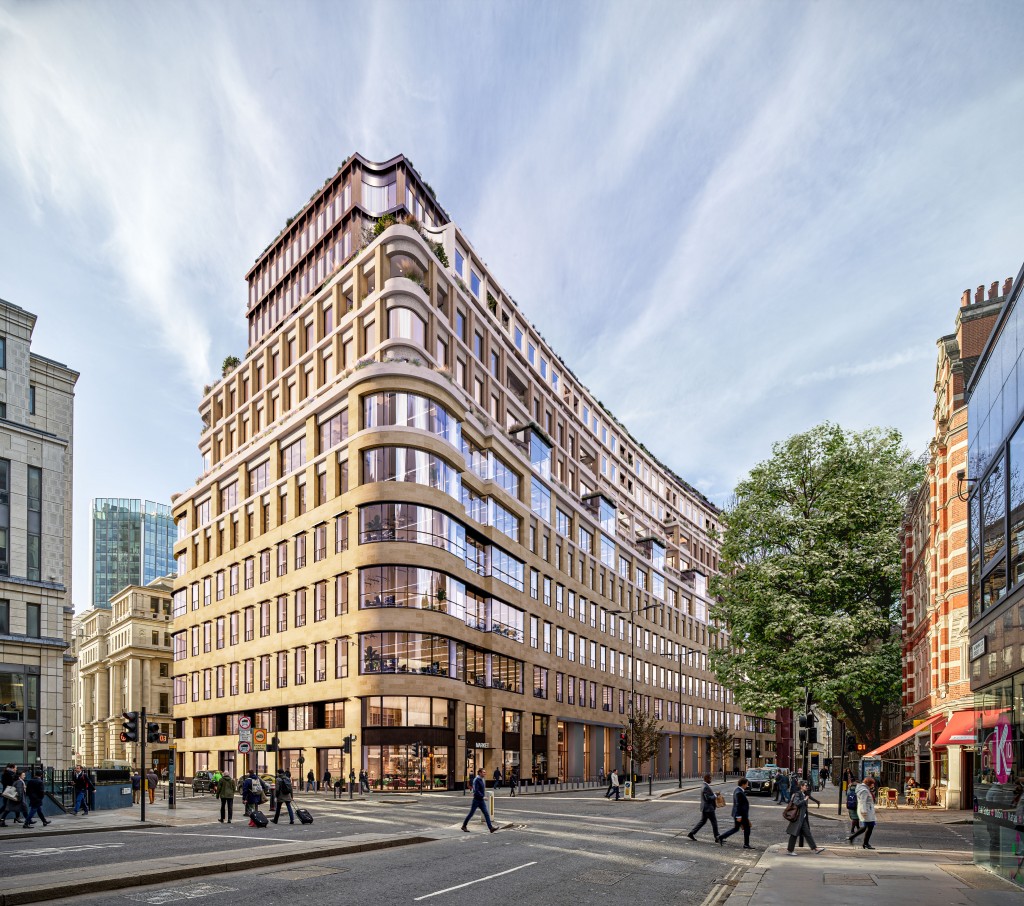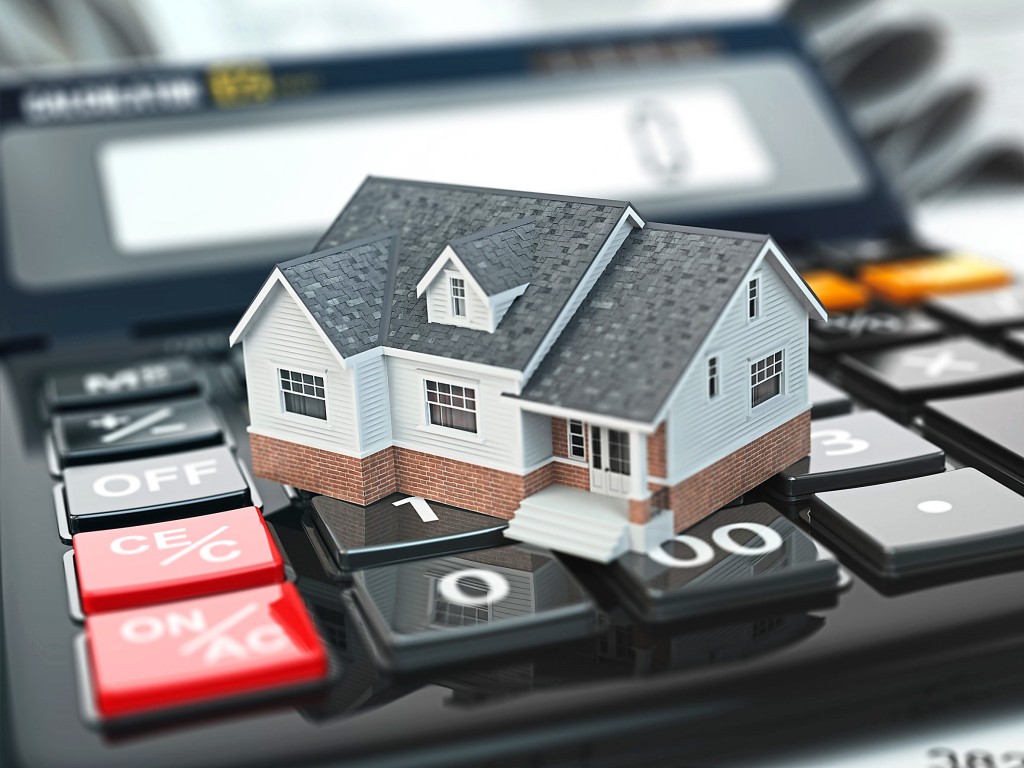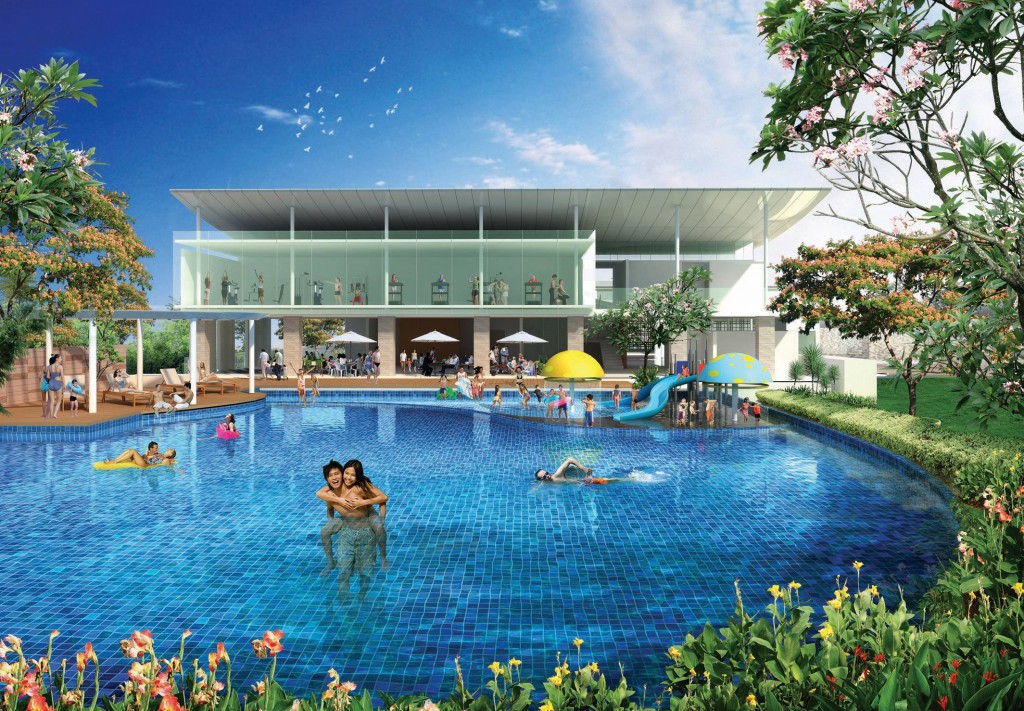In a world increasingly attuned to the urgent need for environmental sustainability, nations are setting ambitious targets to mitigate carbon emissions. Malaysia is no exception, with its sights set on achieving carbon neutrality by 2050. This commitment has sparked a transformative shift in various sectors, including real estate, where the demand for eco-friendly office spaces is witnessing a remarkable surge.
Certainly, the drive towards carbon neutrality has set in motion a dynamic interplay of forces within Malaysia's commercial real estate market. As companies seek to align with global sustainability goals, the preference for environmentally responsible office buildings has soared. This shift is not merely symbolic. It reflects a fundamental change in tenant priorities, driven by both regulatory pressure and evolving consumer expectations.
One of the most tangible manifestations of this trend is the increasing demand for office buildings with environmental, social and governance (ESG) certifications. These certifications serve as tangible evidence of a building's commitment to sustainability practices, covering aspects such as energy efficiency, waste management and social impact initiatives. For tenants, choosing a space with ESG credentials is not just a matter of conscience but also a strategic business decision, aligning with their own corporate values and enhancing their brand reputation.
Within the Malaysian market, this trend is reshaping the landscape of office space demand, particularly in key urban centres like Kuala Lumpur (KL). Both the KL City and KL Fringe sub-markets have experienced a notable uptick in tenant interest, driven by the allure of modern, environmentally friendly buildings. This surge in demand has had a twofold effect on the market dynamics.
First effect
The surge has exerted upward pressure on rental rates, particularly in areas with a high concentration of green-certified office spaces. Tenants, recognising the long-term benefits of sustainable workplaces, are willing to pay a premium for spaces that offer superior environmental performance. This has translated into a significant increase in rental rates, with the KL City sub-market witnessing the most substantial spike, closely followed by the KL Fringe sub-market.
According to JLL Malaysia, no office-related projects were completed this quarter, hence the demand remained positive with the overall vacancy rate continuing to show a downward trend. This confirms that demand remains strong and is outpacing supply.
“The overall vacancy rate in 1Q 2024 decreased to 21.1%. In the specific sub-markets, KL City experienced a quite noticeable improvement with the vacancy rate dropping from 30.2% in 4Q23 to 28.7% in 1Q24. Similarly, in the KL Fringe sub-market, there was a slight improvement in the vacancy rate, decreasing from 7.9% in 4Q23 to 7.7% in 1Q24,” pointed out office leasing advisory team member Quiny Lee.
On the other hand, the Decentralised sub-market saw an increase in the vacancy rate from 18.9% in 4Q23 to 19.5% in 1Q24. This sub-market has witnessed a clear flight to quality and a growing emphasis on sustainability. This flight to eco-friendly office phenomena is also noticeable in Penang and Johor.
Tenants are seeking high-quality, sustainable office spaces located near transportation hubs, which are limited in the Decentralised sub-market.
Knight Frank Malaysia office strategy and solutions executive director Teh Young Khean also confirmed the same findings. “Kuala Lumpur has positively registered a decrease in prime office vacancy levels from 31.3% in Q4 2023, down to 29.7% in Q1 2024. This is due to occupiers moving into almost 600,000 sq ft of prime office space in this quarter, reinforcing the flight-to-quality and flight-to-green trend,” he said.
“Rent-wise, we observe a modest annual change in prime office rental rates with a 3.0% increase year-on-year and a slight quarterly change of 0.3%. Looking ahead, our forecast suggests that rental rates in Kuala Lumpur are likely to remain stable over the next 12 months. This stability indicates resilience in the market amidst broader regional trends. Kuala Lumpur prime offices continue to have the lowest occupancy cost in Asia Pacific, reinforcing our attractiveness as a key location within Asia Pacific’s offshoring market,” added Teh.
Second effect
The growing preference for green-certified spaces has contributed to a stabilisation of vacancy rates in the overall market. While other factors such as economic conditions and geopolitical uncertainties continue to influence market dynamics, the demand for environmentally responsible office spaces has acted as a counterbalance, mitigating potential fluctuations in vacancy rates. This stability is particularly evident in areas where green buildings are abundant, as tenants gravitate towards these spaces, ensuring a steady stream of occupancy.
Crucially, this trend underscores the evolving nature of tenant priorities in the Malaysian real estate market. Beyond mere square footage and location, factors such as sustainability credentials and ESG performance are increasingly becoming decisive factors in leasing decisions. Landlords and developers, recognising the shifting landscape, are responding proactively by incorporating green design principles into their projects and pursuing ESG certifications to meet the growing demand.
Moreover, the office market is experiencing increasing demand for flexible workspace solutions. This trend reflects the tenants' need for well-designed spaces that foster creativity, collaboration and employee well-being. We observe high demand from flexible space operators who are looking to expand into high-quality buildings in strategic locations.
Looking ahead, the trajectory of office space demand in Malaysia will continue to be shaped by the imperatives of sustainability. As the nation progresses towards its carbon neutrality goals, the demand for environmentally friendly office spaces will likely intensify, further influencing market dynamics and driving innovation in the built environment. In this green revolution, the real winners are not just tenants and landlords but the planet itself, as each step towards sustainability brings us closer to a more resilient and equitable future.
Rental rates and market sentiment
The latest market data indicates that in the current quarter, the highest increase in rental rates was observed in the Kuala Lumpur City sub-market, followed by the Kuala Lumpur Fringe sub-market. The demand for high-quality and sustainable office spaces has been a key driver behind this increase in rental rates.
Tenants are willing to pay a premium for green-certified spaces, particularly in modern buildings that align with sustainability trends. However, the overall market has seen a lower rental rate increase compared to the previous quarter, with a modest overall increase of 24 basis points.
Due to the lack of green space options, tenants have been forced to leave the Decentralised sub-market, resulting in a further decrease in rental rates in this sub-market in 1Q 2024 from RM5.05 per sq ft (psf) to RM5.02 psf.
The KLC and KLF sub-markets continue to have a positive outlook for net absorption, benefiting from tenant interest and an expected increase in medium-term net absorption. This growth is primarily driven by the introduction of new high-quality buildings that are green-certified, which are in high demand due to their favourable transportation options and alignment with corporate ESG policies.
On the other hand, the Decentralised sub-market is expected to experience negative net absorption as landlords have not prioritised building refurbishments or obtaining green certifications, leading to a decrease in tenant interest. Many office clusters in the Decentralised sub-market are located relatively far from MRT and LRT stations, resulting in limited accessibility to public transportation, which makes this sub-market less popular among tenants.
Stay ahead of the crowd and enjoy fresh insights on real estate, property development, and lifestyle trends when you subscribe to our newsletter and follow us on social media.




